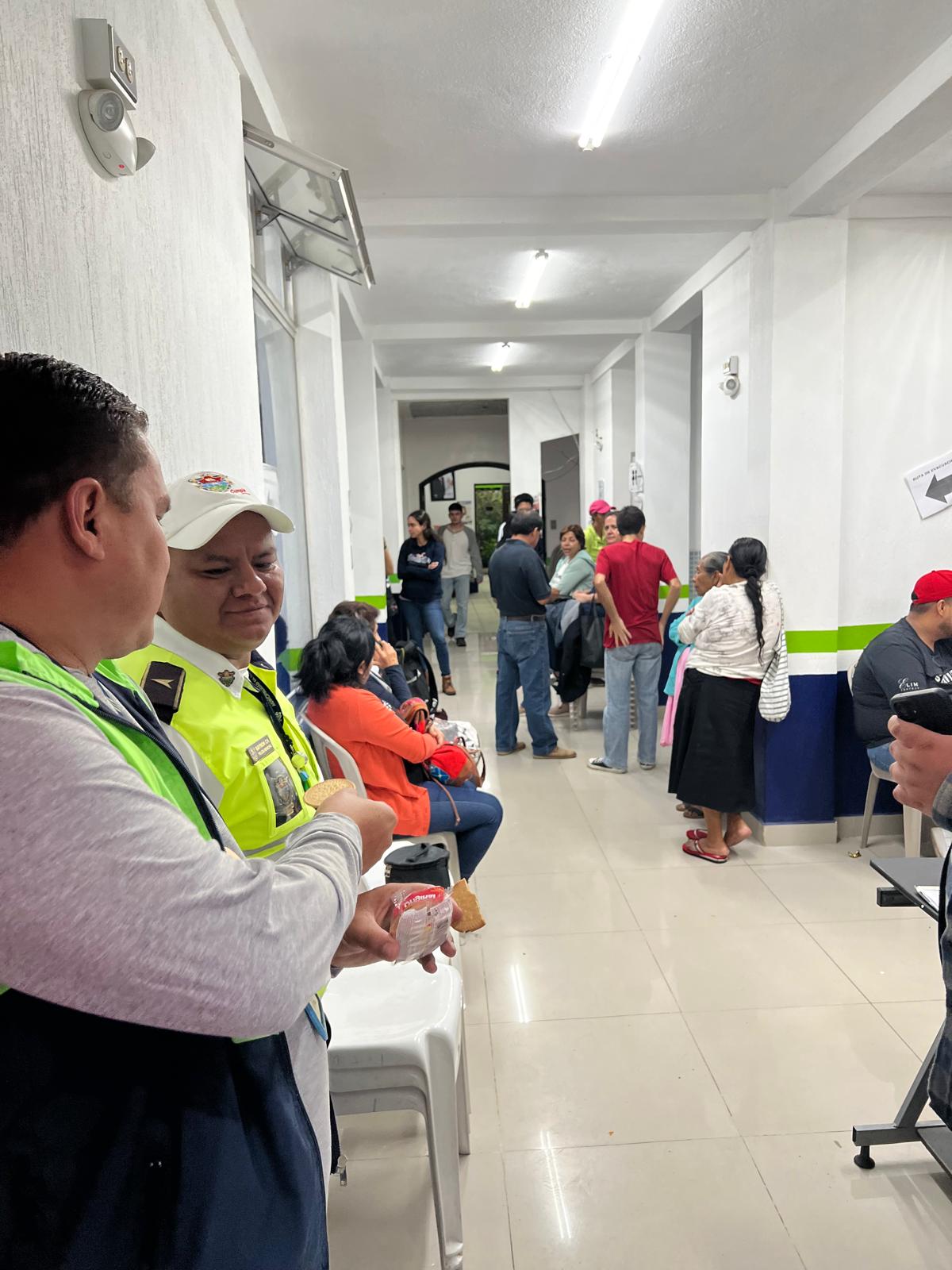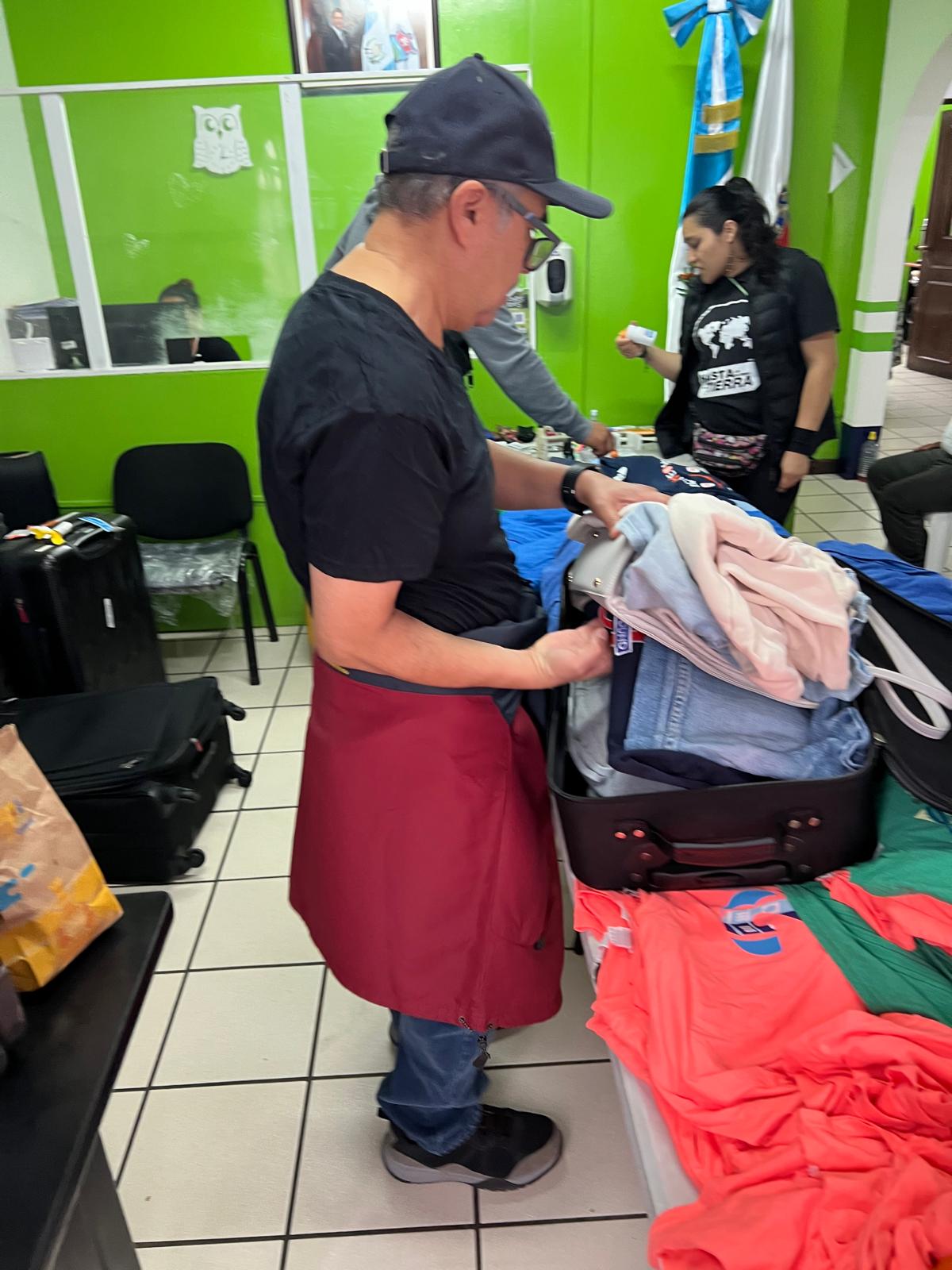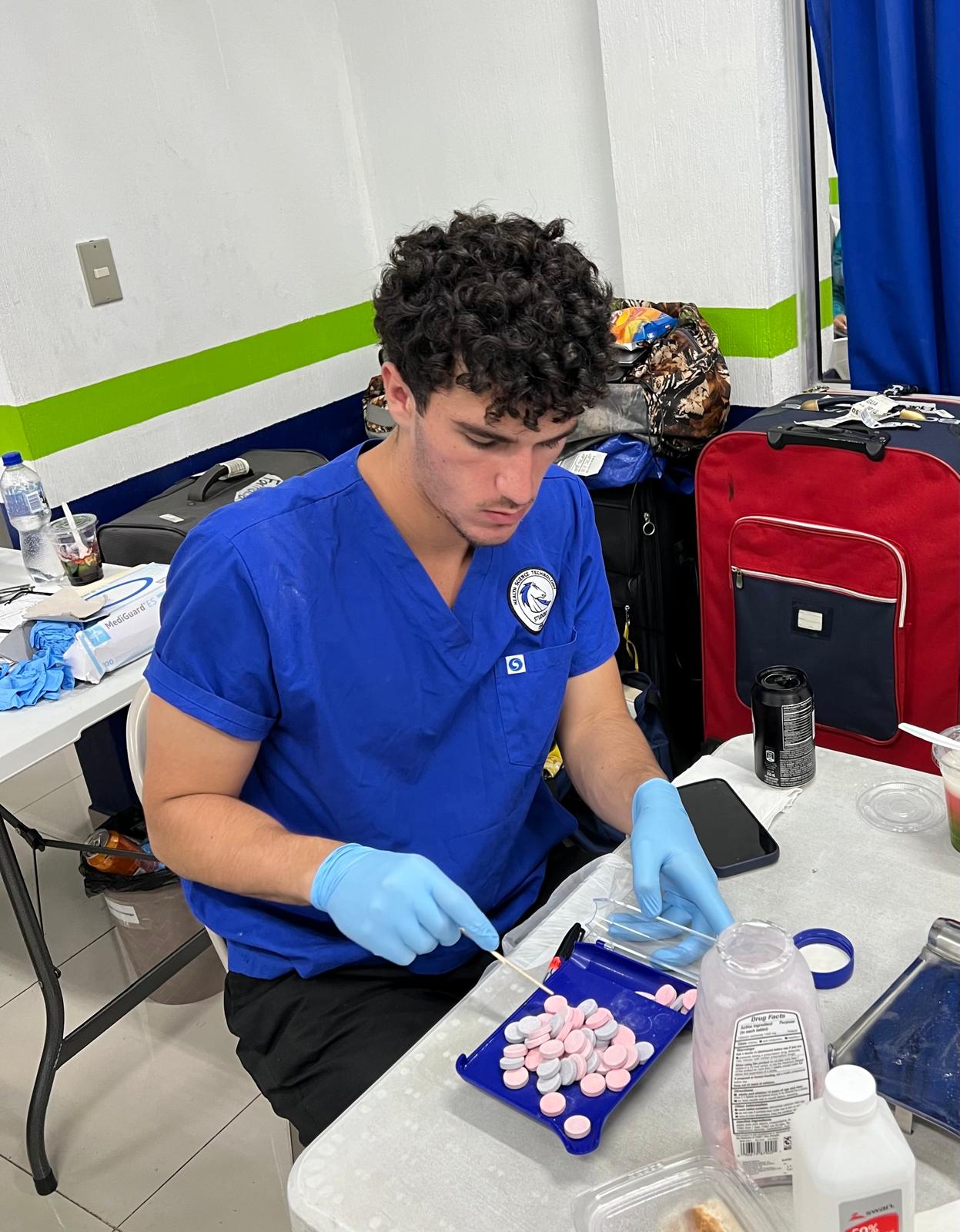Barriers to Underserved Communities
Underserved communities are populations that face significant barriers to accessing essential healthcare services, often due to socioeconomic, geographic, and systemic challenges. These communities can be found in both urban and rural settings and are characterized by a lack of basic resources, limited healthcare infrastructure, and insufficient medical personnel. Multiple factors contribute to the healthcare access issues faced by these communities:
Socioeconomic Barriers
Poverty
Many individuals in underserved communities live below the poverty line, which restricts their ability to afford healthcare services, medications, and health insurance. Without financial resources, even basic medical care can be out of reach.
Education
Limited access to education affects health literacy, making it difficult for people to understand health information, navigate the healthcare system, and make informed decisions about their health.
Geographic Barriers
Remote Locations
Rural and isolated areas often lack healthcare facilities, requiring residents to travel long distances to receive medical attention. This distance can be a significant deterrent, especially in emergencies or for those without reliable transportation.
Urban Underserved Areas
Even within cities, certain neighborhoods may lack sufficient healthcare facilities. These areas might have overburdened clinics and hospitals, leading to long wait times and inadequate care.
Systemic Barriers
Healthcare Infrastructure
Underserved communities frequently suffer from a lack of healthcare infrastructure, including clinics, hospitals, and medical equipment. This shortage hampers the delivery of comprehensive healthcare services.
Shortage of Healthcare Providers
There is often a significant shortage of healthcare professionals willing to work in underserved areas. This shortage results in a high patient-to-provider ratio, reduced access to specialized care, and burnout among existing staff.

















